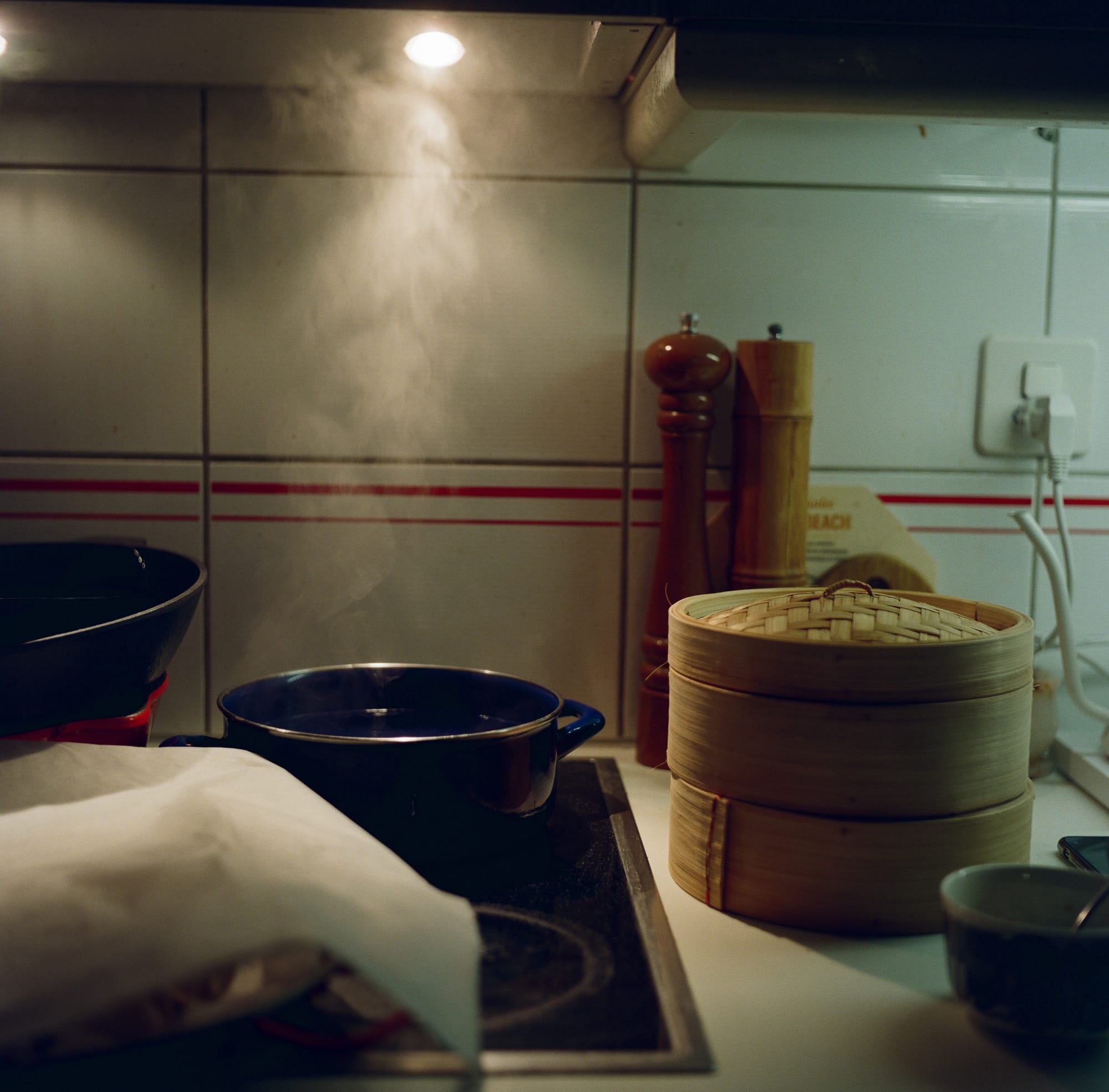What to eat MONGOLIA 🇲🇳 Buuz
Buuz are lamb-filled dumplings perfect for the winter that are most commonly associated in Mongolia with Tsagaan Sar, or the lunar new year celebrations... The roots of these Mongolian dumplings can be traced to the Buryat people and their nomadic origins...

Buuz
Published March 7, 2025 · by Amanda Rivkin Häsler
Buuz are lamb-filled dumplings perfect for the winter that are most commonly associated in Mongolia with Tsagaan Sar, or the lunar new year celebrations, which takes place in January and may be known to international readers as the Chinese New Year. The roots of these Mongolian dumplings can be traced to the Buryat people and their nomadic origins, as well as the need for food that is easy to prepare and carry across the vast steppe.
Due to the vastness of the Central Asian steppe, where present day Mongolia is, Russia has been able to conquer parts of it. To the north of Mongolia, is the Russian region of Buryatia, though the Buryat people as nomads are not easily defined by borders. As is the case with postcolonial regions readers might be more familiar with, colonialism in Central Asia in particular by Russia, has dictated borders which are largely irrelevant when it comes to demarcating where different ethnic groups actually live. Mongolia is not just Mongols, but has influences from Russia and the Buryat people, China, other Central Asian countries, and even Tibet, who have influenced the flavor and contours of buuz.
These delicious dumplings evolved from a food made for sustenance into a national dish and a ritual to mark a celebration. To prepare them is considered somewhat of an art form, passed down from generation to generation. Over time, it has become a part of the national identity of Mongolia, in part due to their central role as families gather to celebrate the lunar new year in winter.

Due to the harsh conditions on the Mongolian steppe, buuz can be prepared weeks in advance and left outside to freeze due to the frigid temperatures over the winter months, when temperatures can drop as low as 40 degrees below zero centigrade. Due to such harsh conditions and soaring temperatures in summer, where 50 degrees centigrade is not unheard of, growing just about anything is near impossible. Most fresh vegetables and ingredients, therefore, need to be imported. Conditions have created a meat-heavy diet that is reliant on animals that are able to survive on the rugged steppe. There’s an expression in Mongolia that “meat is for men; grass is for animals.”
Which explains in part why the ingredients for buuz tend to be simple and straight forward, locally sourced meat, onion, dough and a bit of spice like pepper and salt are the essentials. The dough is crafted from water and flour and then stuffed with mutton or beef, combined with the onion and possibly garlic.
The process is similarly straightforward and involves just two primary steps: dough and dumpling filing. For the dough, it is formed by making small circular disks which are flattened with a rolling pin. These are filled with minced meat, salt and minimal spices, before they are meticulously sealed in a folding procedure defined by each family and region over the generations.
Folding buuz takes practice to master and can be done as a communal activity around the table in preparation for Tsagaan Sar and other occasions. Another strength of the advanced preparation is that with many frozen buuz around, there is a guaranteed abundant supply when it comes time to celebrate. Buuz is a dish known to unite people as the process of constructing piles of the dumplings can be time-consuming. Once they are ready to be served, they are simply steamed and ready. No sauce necessary.

Recipe
Ingredients:
3 cups Indian whole wheat flour (atta)
1 cup boiling water
600 grams of ground lamb
4 small yellow onions
5 cloves of garlic
1 tablespoon caraway seeds
1 teaspoon Sichuan peppercorn
1 teaspoon Maldon salt
Step 1: Use a wooden spoon (not your hands initially!) to combine flour and water and knead together until smooth. Cover with a damp towel and let sit 1 hour.
Step 2: Dice onions and garlic. Combine with lamb. Add the spices and mix together using your hands.
Step 3: Roll out the dough, not with a rolling pin but into two small logs with your hands using warm water to keep your moist as you do.
Step 4: This will be cut like cookie dough in log form, rolled out and then add a tablespoon or less of meat and pinch around the sides to make dumplings from it. Place on a cookie sheet with wax paper until ready to be steamed.
Step 5: Use steamer baskets to steam dumplings and serve!
Tips, tricks and notes:
While I made a dipping sauce combining sesame oil, chili oil and soy sauce, simple hoisin sauce was actually really perfect with these dumplings.
Learn where to eat Mongolian food in Switzerland.
Follow our social media pages @swissglobaldining on Instagram, TikTok and YouTube